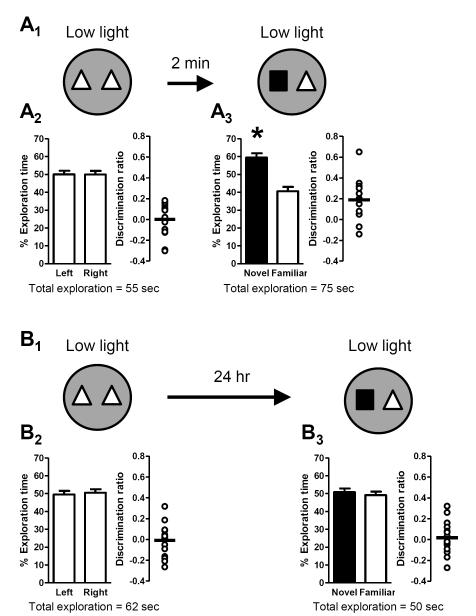Figure 3. Long-term memory, unlike short-term memory, is impaired in low light conditions.
Schematics depict experimental procedure; dark grey arenas denote low light (3 lux) conditions. Bar graphs show exploration time (as a percent of the total) for each object (mean ± SEM; n = 15; * p < 0.05). Total exploration time for each trial is indicated below the graphs. Scatter dot plots show individual discrimination ratios (open circles) and the group mean (horizontal line); positive values (>0) reflect a preference for the left-side object (familiarization trial) or the novel object (test trial). (A) Short-term memory in low light conditions was assessed using a 2-minute delay between the familiarization and test trials (A1). There was no preference for object location (left or right side) during the familiarization trial (A2) but mice exhibited a significant preference for the novel object in the test trial 2 minutes later (A3), indicative of short-term memory for the familiar object. (B) Long-term memory in low light conditions was assessed using a 24-hour delay between the familiarization and test trials (B1). No preference for object location (left or right side) was exhibited during the familiarization trial (B2). Furthermore, mice failed to exhibit a preference for the novel object during the test trial 24 hours later (B3), indicating an impairment in long-term memory for the familiar object.

